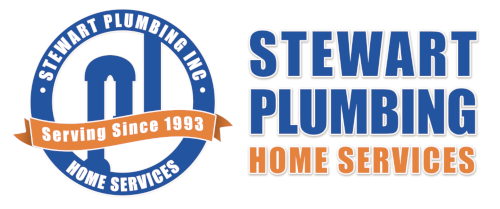Q: What are roof vents?
A: Roof vents are special vertical pipes connected to your home plumbing system designed to remove sewage and regulate air pressure within your pipes.
Q: Do I need to have roof vents?
A: Most local building codes designate that every appliance must have a trap. Additionally, in most cases, every fixture must also have a vent. Many people fail to grasp the significance of having proper roof ventilation in place. Without adequate venting, you could be gambling with the comfort and health of all the home’s occupants.
Q: How do roof vents work?
A: Waste enters your plumbing system at various fixtures such as toilets, sinks and showers. After exiting the fixture, the waste’s first stop is a “trap.”
Q: What is a trap?
A: In plumbing jargon, a trap is a dipped (U,S or J shaped) section of pipe attached to most fixtures that always contains water. The bend in the pipe is meant to stop sewer gases generated by the waste from entering the house.
Q: What is the point of the water in the trap?
A: The water in the plumbing trap creates a tight seal that also serves to prevent sewer gas from passing back up through your drainpipes, reentering the living areas of your home and potentially making you and your family sick.
Q: If no water actually flows through the roof vent, how is it helping my plumbing?
A: Without roof vents, both clean water and waste water would not move properly through your pipes. Roof vents work to preserve neutral air pressure within your drain lines. As a result of this neutral air pressure, gravity can take over and successfully push and pull water and waste through your pipes. Keep in mind all this ventilation only works correctly if your pipes also maintain the appropriate downward slant throughout the system to ensure proper flow.
Q: Can roof vents get clogged?
A: Yes, it isn’t uncommon for us to receive calls about roof vents becoming clogged up. We see this fairly often no matter the season—ice build up in winter, leaf blockages in fall or perhaps even the decomposing carcass of a wild animal in the spring. There are a few different signs that will signal your roof vent is clogged. You may notice one of your drains is functioning extremely slowly or you may see abnormal bubbles in your toilet after you flush it. You could also experience a powerful ‘glugging’ noise as one of your plumbing fixtures drains. Or in a worst case scenario, your traps may empty of water completely and allow foul smelling sewer gas to escape into your home.


